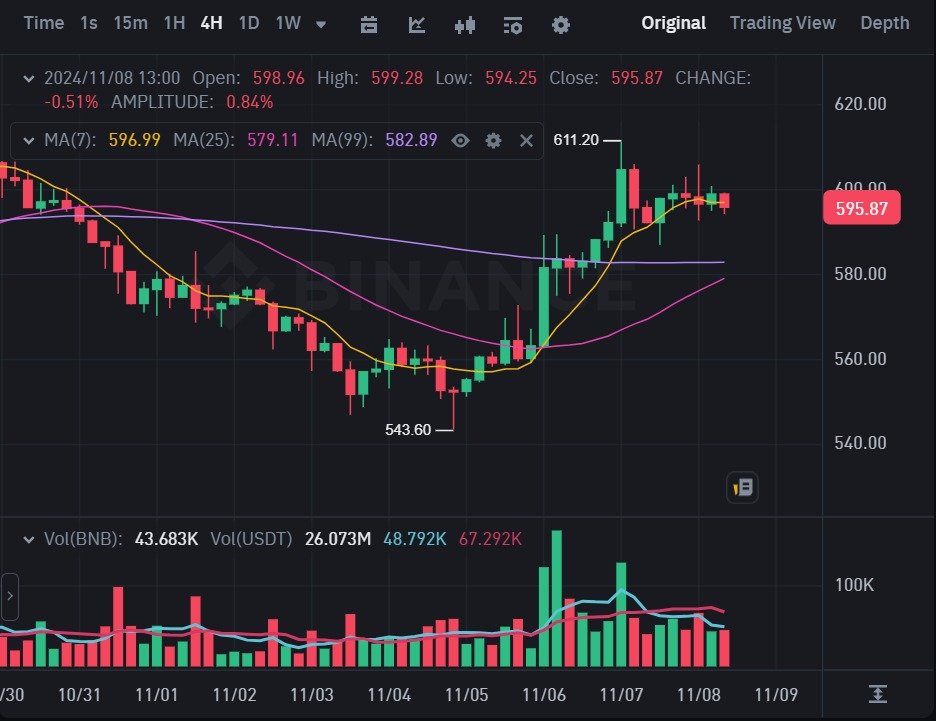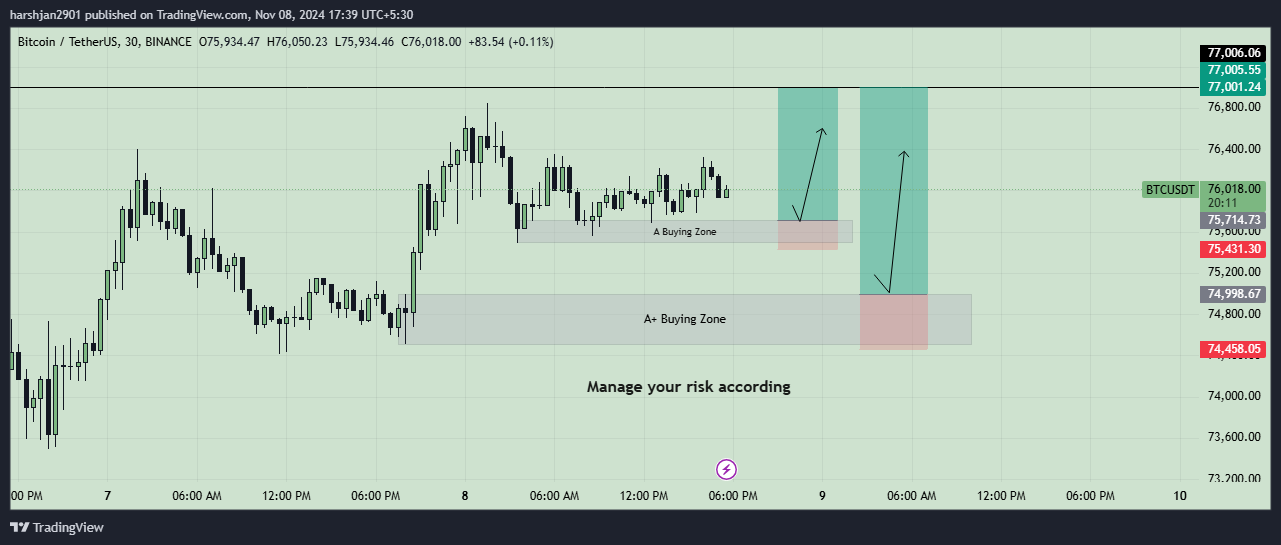The cryptocurrency market is known for its high volatility, with prices of major cryptocurrencies like Bitcoin, Ethereum, and others frequently experiencing significant fluctuations. Recently, many have observed a sharp decline in crypto prices. But what exactly is causing this downturn? Let’s break down the key factors behind the current decline in the market.
1. Regulatory Uncertainty
One of the biggest contributors to the current decline in the crypto market is regulatory uncertainty. As the crypto space evolves, governments and regulators across the world are looking to impose stricter regulations on cryptocurrencies. This has created a sense of unease among investors.
a) Increased Scrutiny from Regulators
In countries like the United States, India, and China, regulators have ramped up efforts to implement tighter restrictions or outright bans on crypto-related activities. The U.S. Securities and Exchange Commission (SEC) has been particularly active in examining cryptocurrencies, considering them to be securities that need to be regulated more closely.
- The growing regulatory scrutiny, especially on exchanges, tokens, and mining activities, can lead to reduced investor confidence and cause capital outflows from the market.
b) Potential Crypto Bans
In countries like China, where the government has already implemented measures to limit crypto activity, the possibility of further bans or regulations in other regions can create uncertainty. Investors tend to react to such uncertainty by pulling out, which contributes to the overall market decline.
2. Macroeconomic Factors
The broader global economic environment can have a significant impact on the crypto market. Recently, several macroeconomic factors have contributed to the downturn in prices.
a) Interest Rate Hikes
In response to global inflation, central banks, particularly in the U.S., have been raising interest rates. Higher interest rates generally make borrowing more expensive, which could lead to reduced investment in riskier assets like cryptocurrencies. As a result, institutional and retail investors may shift capital into more traditional, less volatile investments like stocks and bonds.
- Rising interest rates often lead to reduced liquidity in the market, making capital scarcer and less likely to flow into speculative assets like crypto.
b) Inflation Concerns
Despite crypto’s reputation as a hedge against inflation, the ongoing global inflationary pressures can still affect the market. Rising consumer prices and cost-of-living increases could lead to reduced spending and profit-taking by investors, which in turn puts downward pressure on asset prices.
- Economic uncertainty can cause investors to adopt a risk-off mentality, shifting their focus toward more stable assets and reducing their exposure to volatile markets like crypto.
3. Profit-Taking and Market Cycles
Cryptocurrency markets often follow the patterns of boom-and-bust cycles, where periods of rapid growth are followed by market corrections.
a) After Bull Markets, Profit-Taking Happens
After a prolonged bull run or significant price surge, investors often look to take profits by selling off their assets. This can create selling pressure in the market, leading to a decline in prices.
- The bear market phase often follows periods of high optimism and price appreciation. Once the market hits a peak, traders begin to take profits, contributing to a downturn.
b) Natural Market Corrections
Markets often experience corrections after extended periods of growth. A market correction can be considered a natural process that helps bring prices back to more sustainable levels. Bitcoin and Ethereum, for example, often experience sharp price swings due to market sentiment, making corrections inevitable.
4. Whale Activity and Market Manipulation
Large holders of cryptocurrency—known as whales—can influence market prices significantly. Whale activity can cause sharp price fluctuations, especially in a market that is already volatile.
a) Large Sell-Offs
If whales or large institutional investors decide to sell off a portion of their holdings, it can trigger a sharp decline in prices. This can lead to a cascading effect where other investors panic and follow suit, resulting in a domino effect of selling.
- Market manipulation and short selling by large players can also exacerbate price drops, as these investors can place large bets against the market to profit from falling prices.
5. Security Concerns and Hacks
Security issues in the cryptocurrency space can cause significant loss of confidence among investors. High-profile hacks and security breaches on exchanges or wallets can trigger widespread panic.
a) Exchange Hacks
When major exchanges get hacked or suffer security vulnerabilities, it can undermine the market’s reputation and cause investors to sell off their positions in fear of losing their funds. If investors feel that their assets are not safe, they may move away from the market, leading to a decrease in prices.
- Examples of this could include incidents like the Mt. Gox hack or recent breaches on DeFi platforms that exposed vulnerabilities.
6. Technological Issues
Cryptocurrencies, especially those built on smart contracts like Ethereum, face significant scalability and network congestion issues. These technical challenges can impact the overall market by reducing the efficiency of transactions and driving down the demand for certain cryptocurrencies.
a) Scalability Problems
If a blockchain like Ethereum faces high gas fees and slow transaction speeds during periods of congestion, it can create frustration for users, leading them to abandon the platform or shift investments to other assets. This can impact the price of ETH and other related tokens.
- Ongoing efforts to address scalability, like Ethereum 2.0, could help, but delays or technical problems can cause uncertainty in the market.
7. Market Sentiment and FUD
The influence of market sentiment—whether driven by social media, influencers, or news outlets—can significantly impact crypto prices. A negative sentiment can lead to a panic sell-off or increased FUD (Fear, Uncertainty, and Doubt), causing prices to drop.
a) Media Influence
News stories about regulatory crackdowns, market crashes, or large-scale fraud can create negative sentiment, causing investors to flee the market. Fear of further declines can trigger widespread selling, further driving down the market.
- Negative reports about crypto scams, illegal activity, or regulations can shake the confidence of both retail and institutional investors, leading to a downtrend.
8. Global Geopolitical Events
Global events like wars, trade tensions, and economic sanctions can lead to uncertainty in the financial markets. When investors are uncertain about the stability of traditional markets, they might move away from cryptocurrencies.
a) Geopolitical Tensions
For example, conflicts like the Russia-Ukraine war can lead to market instability. Crypto can sometimes be seen as an asset to hedge against such volatility, but other times, geopolitical events may drive broader market risk and trigger declines.
- In times of heightened uncertainty, investors may opt to hold more cash or traditional assets rather than volatile cryptocurrencies, contributing to market drops.
What Does This Mean for Investors?
The crypto market’s downturn can be attributed to various factors, including regulatory pressures, economic conditions, profit-taking, and security concerns. While market declines are often part of the cyclical nature of crypto investing, they can also provide buying opportunities for long-term investors.
To mitigate risk and make informed decisions, it’s important to stay updated on regulatory developments, market trends, and the technological progress of cryptocurrencies. If you’re unsure about navigating the current market, Lumina Lore provides expert guidance and trading strategies to help you make the most out of the market’s fluctuations.
Contact us today to learn how we can help you manage your crypto investments and optimize your portfolio during market declines.
Key Takeaways:
- The crypto market decline is driven by factors like regulatory uncertainty, economic conditions, market manipulation, and security concerns.
- Profit-taking, whale activity, and technological challenges can also contribute to a market downturn.
- Geopolitical tensions and negative market sentiment can exacerbate price drops.
- Long-term investors may view market declines as opportunities, but it’s important to stay informed and seek expert guidance.



